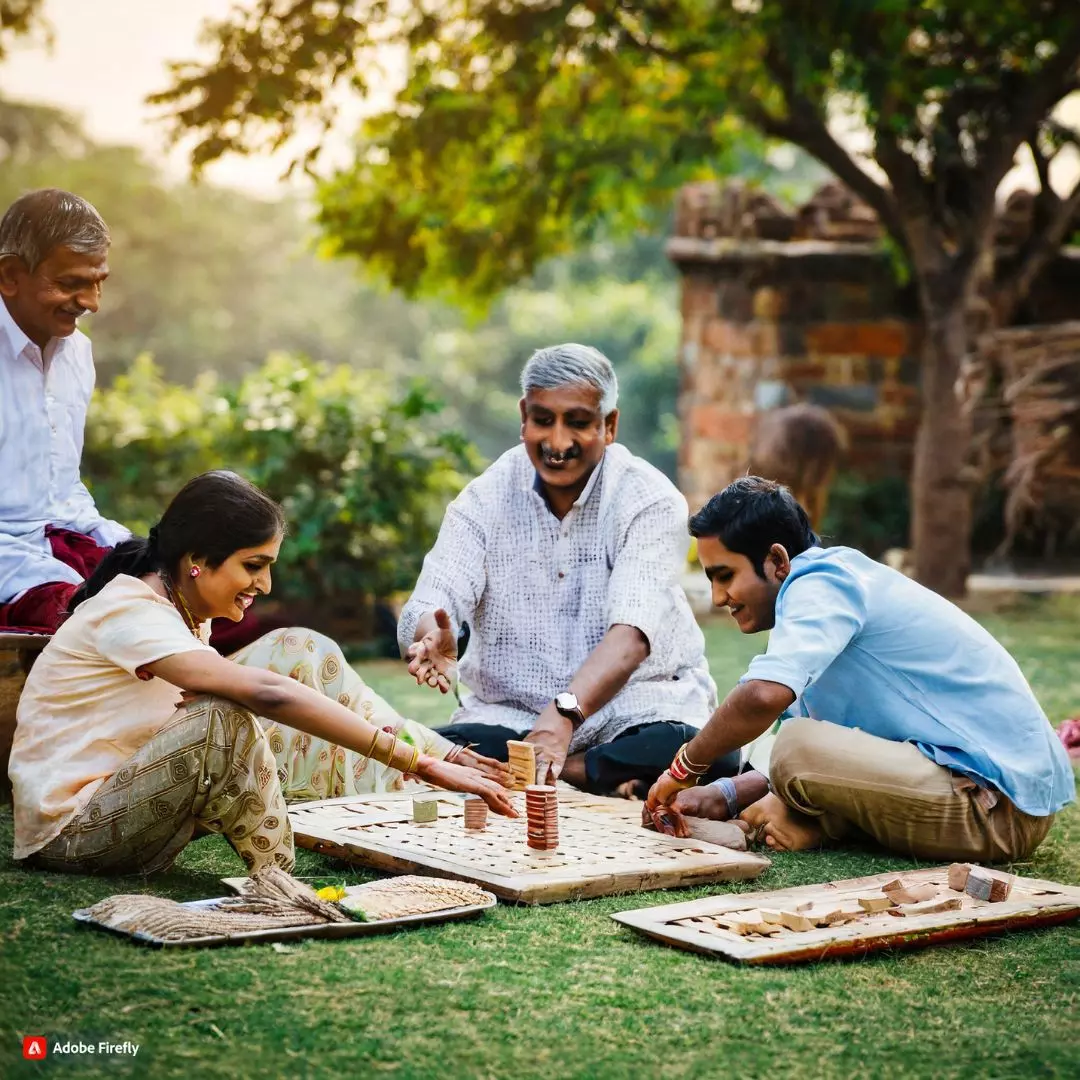In a bid to rejuvenate India’s sporting culture and engage youngsters at the grassroots level, the government introduced the Khelo India initiative in 2017. Under this groundbreaking initiative, various annual national sports competitions, including the Khelo India Youth Games (KIYG), the Khelo India University Games (KIUG), and the Khelo India Winter Games, were established. These platforms have become crucial for young talents to showcase their skills, fostering a connection with traditional sports and building better sporting infrastructure nationwide.
Khelo India Games Evolution:
The Khelo India Youth Games had its inception in 2018 as the Khelo India School Games in New Delhi. After the Indian Olympic Association’s endorsement in the same year, it evolved into the Khelo India Youth Games, finding a home in Pune from 2019 onwards. The Khelo India University Games debuted in 2020 at the Kalinga Institute of Industrial Technology (KIIT), Odisha.
The competitions include prominent athletes such as sprinter Dutee Chand and archers Parth Salunkhe and Komalika Bari, enhancing the events’ appeal and significance.
Sports Galore:
The Khelo India Youth Games kicked off with 18 sports in 2018, expanding to 20 in 2020 and reaching 27 in 2022. Noteworthy additions to the lineup include indigenous sports like yogasana, mallakhamb, and water sports such as canoeing, kayaking, and rowing. The competitions are categorized into Under-17 and Under-21 for both boys and girls.
The Khelo India University Games commenced with 18 sports, introducing fencing and rugby in place of gymnastics and kho kho from the Youth Games program. The second edition embraced 20 sports, incorporating indigenous sports like yogasana and mallakhamb.
The Khelo India Winter Games feature a unique assortment of sports like snow baseball, snow ski, mountaineering, ice skating, ice hockey, snow rugby, ice stock, and snowshoe running, showcasing the diversity of traditional games.
Participant Selection and Development:
Identifying budding talents is a crucial aspect of the Khelo India initiative. Participants are selected from lower-level and national competitions, with the Khelo India University Games following World University Games norms for participant selection.
To further nurture talent, the Khelo India e-Khel Pathshala, Khelo India Centres, Khelo India State Centres of Excellence (KISCE), Khelo India Accredited Academy, and other training establishments contribute to the holistic development of athletes.
Khelo India Centres:
The Khelo India Centres initiative is a cornerstone for strengthening sports infrastructure at the grassroots level. By providing financial support, support staff, and equipment, it aims to bolster existing sports training facilities. This aligns with the broader Khelo India State Centres of Excellence (KISCE) scheme, emphasizing the grassroots development of sporting talent.
Reviving Traditional Games:
India boasts a rich history of traditional games and sports, some played for thousands of years. Despite their decline during the British Raj, efforts are underway to revive these games. Kabaddi, with the Pro Kabaddi League, and Kho-Kho, with the Ultimate Kho Kho league, are witnessing renewed popularity. Additionally, the Bharatiya Khel initiative aims to make traditional games more accessible, contributing to cultural revival.
At the state level, events like the Chhattisgarhiya Olympics and the Qila Raipur Sports Festival celebrate traditional games, involving millions of participants and adding vibrancy to the cultural resurgence.
The Khelo India initiative stands as a beacon for the revival of traditional sports, providing a platform for young talents and contributing to the preservation of India’s rich sporting heritage. As these initiatives gain momentum, traditional games are not just making a comeback but are also becoming an integral part of the nation’s contemporary sports landscape. The future holds promise for a more diverse and culturally rooted sporting environment in India.
Also Read: Permaculture Pioneers Reshape India’s Agricultural Landscape & Beyond











